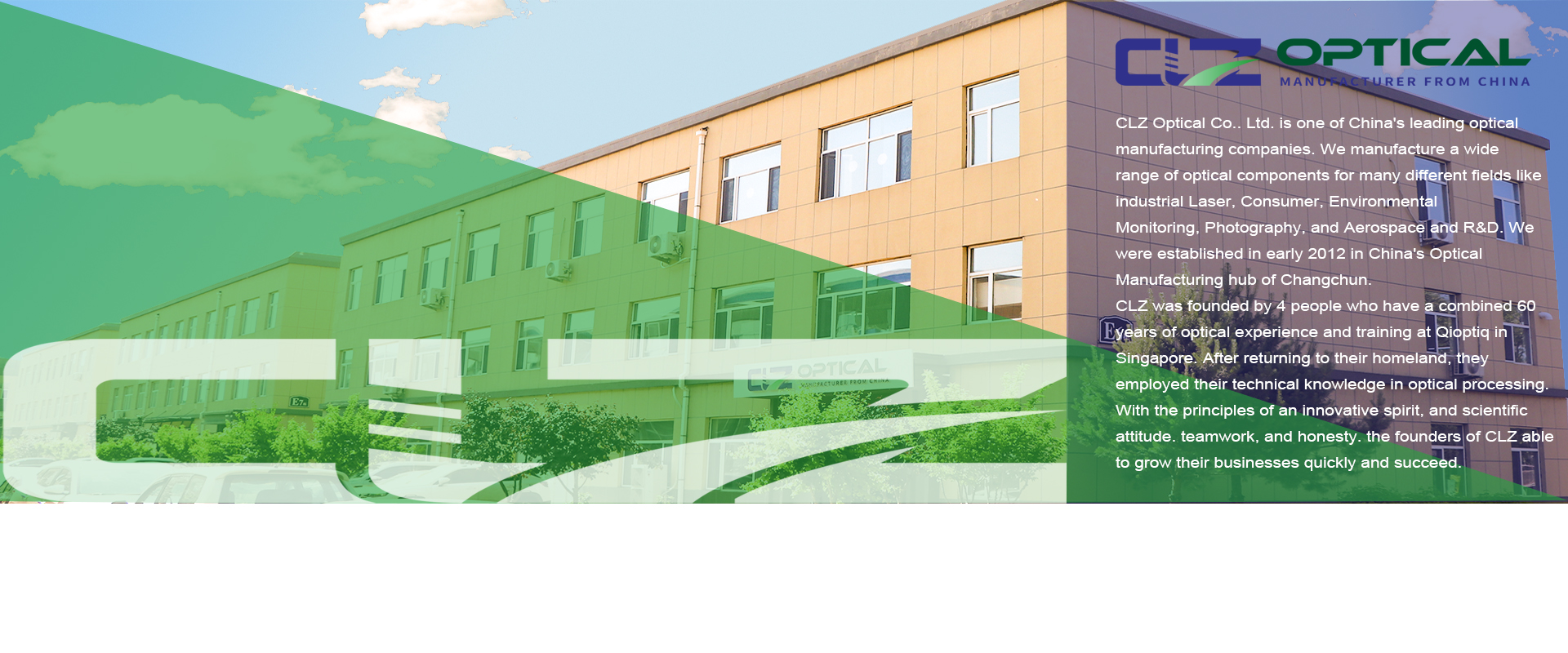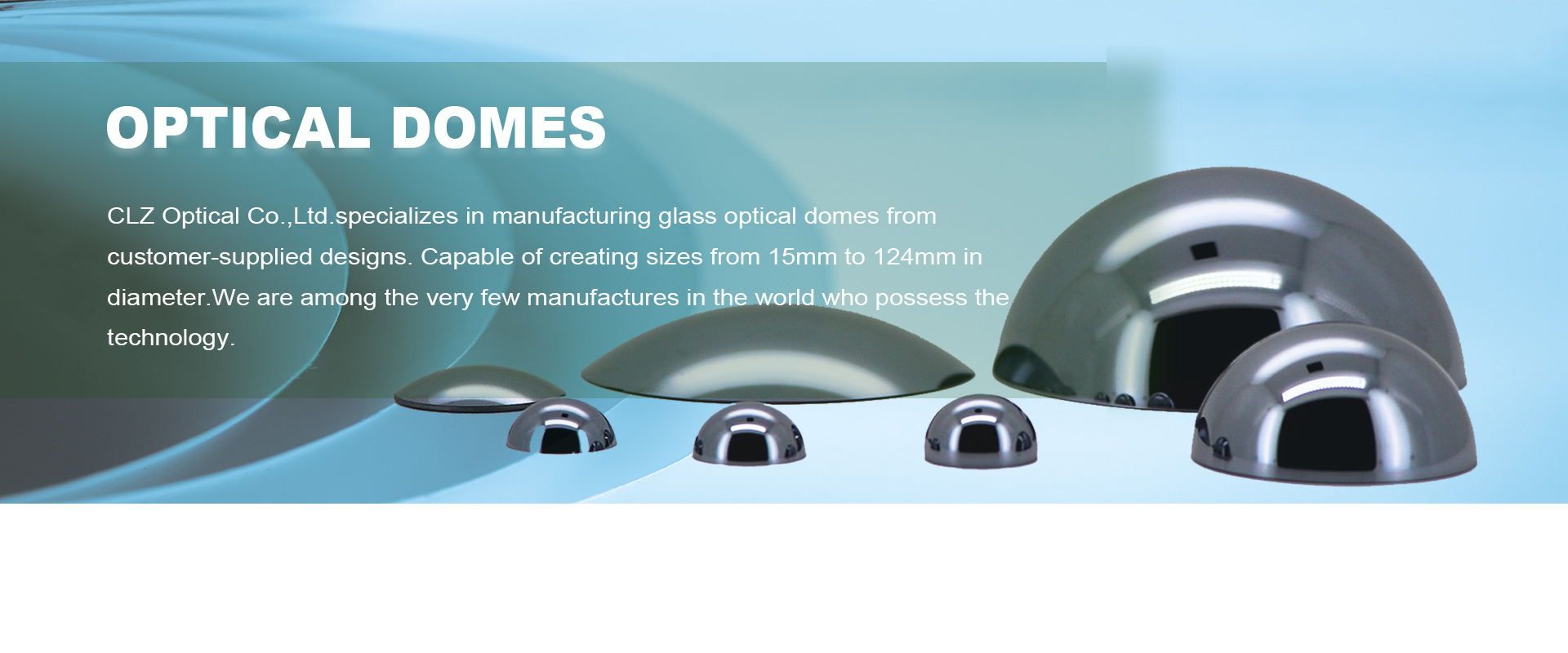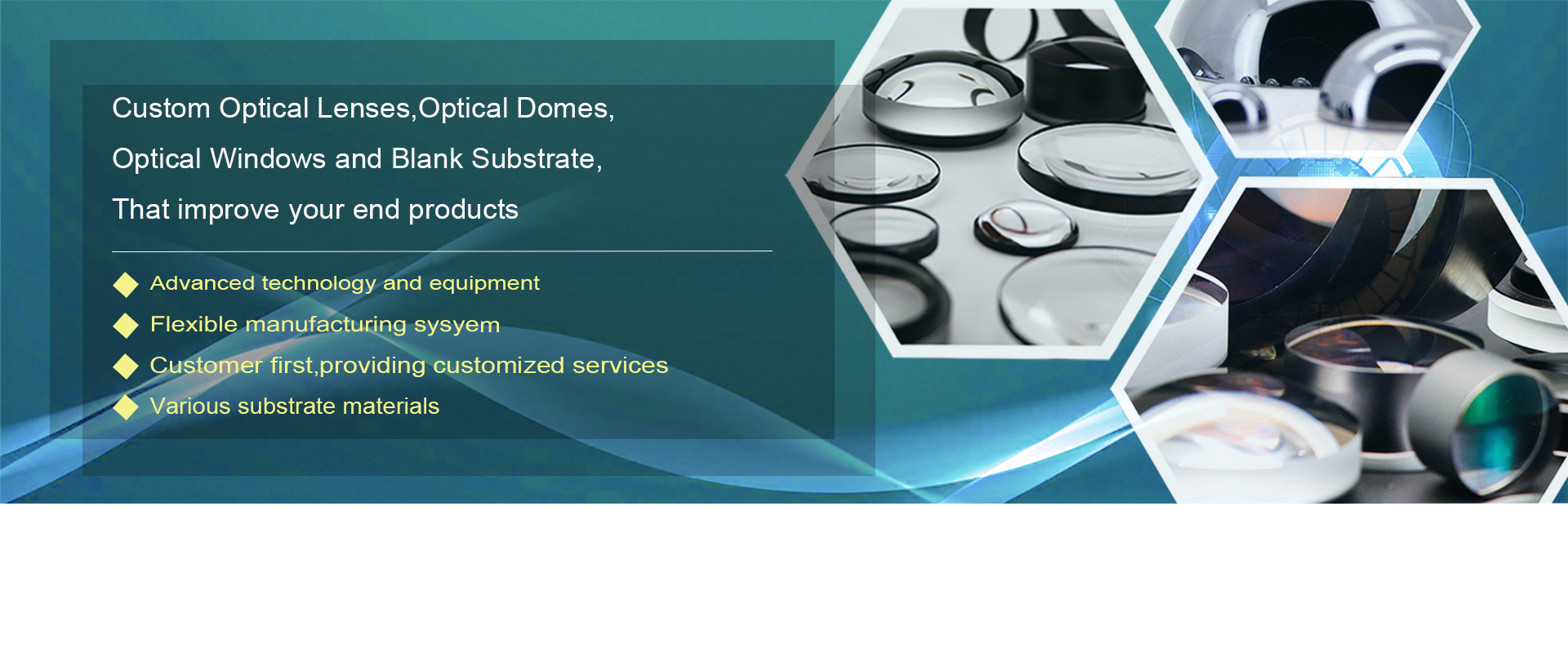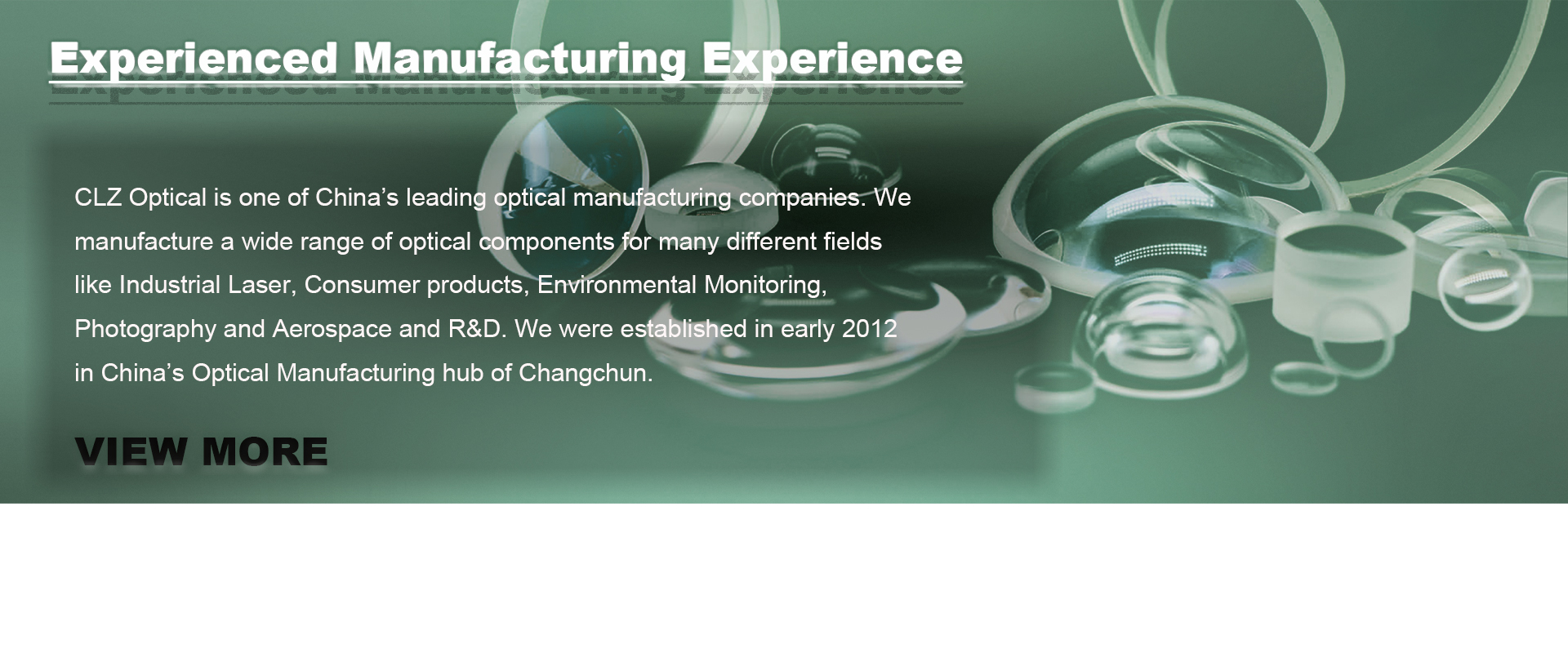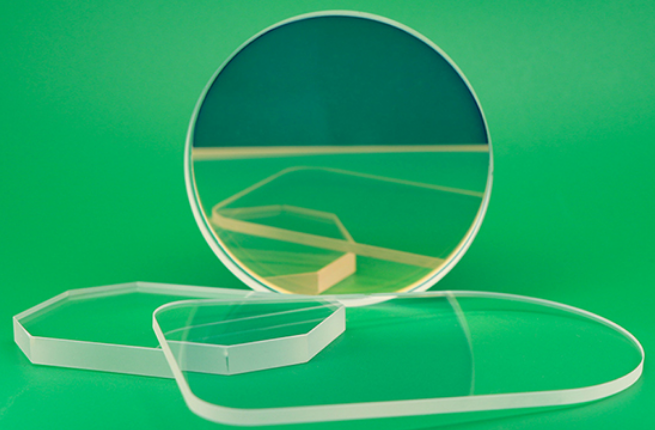Optical Windows: The Most Common Applications by Material
Jan. 07, 2025
Optical windows play a critical role in various industries by providing a transparent barrier for optical systems. These components, designed with precision, allow light to pass through without altering its properties, making them indispensable in scientific, medical, industrial, and military applications. The choice of material significantly influences the performance, durability, and functionality of optical windows. In this article, we delve into the most common applications of optical windows, categorized by material.
Understanding Optical Windows and Their Importance
Optical windows are flat, polished plates that serve as protective barriers for optical systems. Their primary function is to transmit light while shielding sensitive components from external environmental factors such as dust, moisture, and temperature fluctuations. The choice of material impacts the window’s transmittance, thermal stability, and resistance to environmental damage.
Applications of Optical Windows by Material
1. Fused Silica Optical Windows
Fused silica is one of the most widely used materials for optical windows due to its exceptional optical and thermal properties.
Applications
- UV and Deep-UV Systems: Thanks to its high transmittance in ultraviolet (UV) and deep-UV wavelengths, fused silica windows are ideal for spectrophotometers, UV lasers, and photolithography equipment.
- High-Temperature Environments: Its thermal stability makes it suitable for aerospace applications, high-energy lasers, and industrial processes involving extreme heat.
- Medical Imaging: Used in advanced medical devices like endoscopes and UV sterilization systems, ensuring precise imaging without interference.
2. Sapphire Optical Windows
Synthetic sapphire, with its exceptional optical and mechanical properties, enables the production of high-quality optical windows. It is used in high-precision optics, such as spectrometers, atomic force microscopes, and dimensional measurement systems, as well as in surveillance and imaging optics for aerial, maritime, and terrestrial monitoring. Sapphire windows serve as output windows for high-power lasers and are highly resistant, making them suitable for harsh environments, including high temperatures, pressures, corrosive chemicals, and extreme space conditions. Additionally, sapphire is used in thermal imaging cameras to protect optical lenses while transmitting infrared radiation.
3. BK7 Optical Windows
BK7 window is a borosilicate crown glass known for its excellent clarity and cost-effectiveness.
Applications
- General-Purpose Optical Systems: BK7 windows are used in lenses, prisms, and other optical components where cost and quality balance are required.
- Laboratory Instruments: Its superior transmittance in the visible spectrum makes it suitable for microscopes and spectrometers.
- Consumer Electronics: Commonly found in optical sensors and camera systems, BK7 offers reliable performance in consumer-grade devices.
4. Zinc Selenide (ZnSe) Optical Windows
Zinc selenide (ZnSe) optical windows are ideal for infrared optics, including short and long waves. They are widely used in high-power laser systems such as cutting, welding, and laser engraving. Their infrared properties enable applications in thermal imaging, spectroscopy, astronomy, and astrophysics. In defense, ZnSe optical windows are used in night vision systems, infrared sights, and ranging systems.
Applications
- Thermal Imaging Systems: Its broad transmittance in mid-IR wavelengths makes it indispensable in night vision devices and thermal cameras.
- Laser Optics: ZnSe is frequently employed in CO2 laser systems for material processing, welding, and cutting.
- Medical Applications: Infrared imaging systems in medical diagnostics rely on ZnSe windows for non-invasive thermal analysis.
Multispectral ZnS Windows
Multispectral ZnS optical windows are utilized in imaging systems for environmental monitoring, geological mapping, and material characterization. They are applied in spectroscopy and microscopy for sample analysis or biomarker detection. In astronomy, they are integrated into telescope construction.
5. Calcium Fluoride (CaF2) Optical Windows
Calcium fluoride offers exceptional optical clarity across a wide range of wavelengths, from UV to IR.
Applications
- Astronomy and Telescopes: Its high transmittance in UV and IR makes it suitable for advanced telescope lenses and astronomical instruments.
- Excimer Lasers: CaF2 windows are crucial for high-energy excimer laser systems used in semiconductor manufacturing.
- Cryogenic Environments: Its low refractive index and thermal properties ensure performance in cryogenic optical systems.
6. Germanium Optical Windows
Germanium, a semiconductor material, is widely used in infrared optics.
Applications
- Thermal Imaging Devices: Germanium windows are critical in FLIR (Forward Looking Infrared) systems and thermal scopes.
- Military and Surveillance: Its efficiency in long-wave IR makes it a favorite for military-grade optics and surveillance equipment.
- Laser Systems: Industrial CO2 laser applications frequently employ germanium due to its ability to handle high-power IR beams.
7. Quartz Optical Windows
Quartz is a material used to manufacture optical windows dedicated to spectroscopy (sample analysis, material characterization) and laser optics (high-power laser systems). Quartz optical windows are also found in imaging systems (transparency in the visible and ultraviolet range). Quartz is used as a substrate for the manufacture of optoelectronic devices. In the field of research, quartz optical windows are used in remote sensing instruments (study of the earth’s surface, monitoring of natural resources, etc.) and telescopes for observation in the UV and visible waves. They are also used in microscopy and materials science (study of optical and electronic properties). Finally, quartz is also used as a high temperature viewing window in furnaces.
Applications
- UV-Vis Spectroscopy: Quartz is ideal for spectroscopic instruments that require high UV transmittance and minimal distortion.
- Optical Communication: Used in fiber optic networks and telecommunication devices due to its transparency and durability.
- Industrial Processes: Its thermal and chemical resistance makes it invaluable in processes involving high temperatures or corrosive environments.
8. BaF2 Windows for Infrared Detection and UV/Visible Research
BaF2 optical windows are widely used in industrial infrared spectrometers, laser optics (resistant to high laser energy and rapid temperature changes), thermal imaging cameras, and infrared imaging systems. In research, BaF2 portholes are employed in telescopes (UV and visible observation), spectroscopy, and microscopy instruments. In materials science, they are used to study optical and electronic properties.
9. CaF2 Windows for Multispectral Applications
CaF2 optical windows transmit light across a broad spectrum, from ultraviolet to infrared (up to 8μm). In industry, they are used in microlithography, pyrometry, UV spectroscopy (chemical and pharmaceutical research), and high-power UV laser optics (engraving, cutting, micromachining). In research, CaF2 portholes serve in far-UV telescopes, high-resolution microscopes (biology, nanotechnology, UV fluorescence), Raman spectrometers, and wind tunnels, valued for their high transmission across UV, visible, and IR bands.
Key Factors in Material Selection
When selecting an optical window material, it is crucial to consider the following factors:
1. Wavelength Range: Different materials perform optimally in specific wavelength ranges, from UV to visible to IR.
2. Environmental Conditions: Durability under extreme temperatures, pressure, or chemical exposure is vital for long-term performance.
3. Optical Clarity: High transmittance with minimal distortion is essential for precision optical systems.
4. Mechanical Strength: Applications in rugged environments demand materials with high hardness and impact resistance.
Conclusion
Optical windows are integral to numerous industries, with each material offering unique properties suited to specific applications. From fused silica's UV capabilities to sapphire's unparalleled hardness, the choice of material directly impacts the performance and durability of optical systems. By understanding the strengths of each material and their respective applications, industries can make informed decisions to meet their operational requirements.












